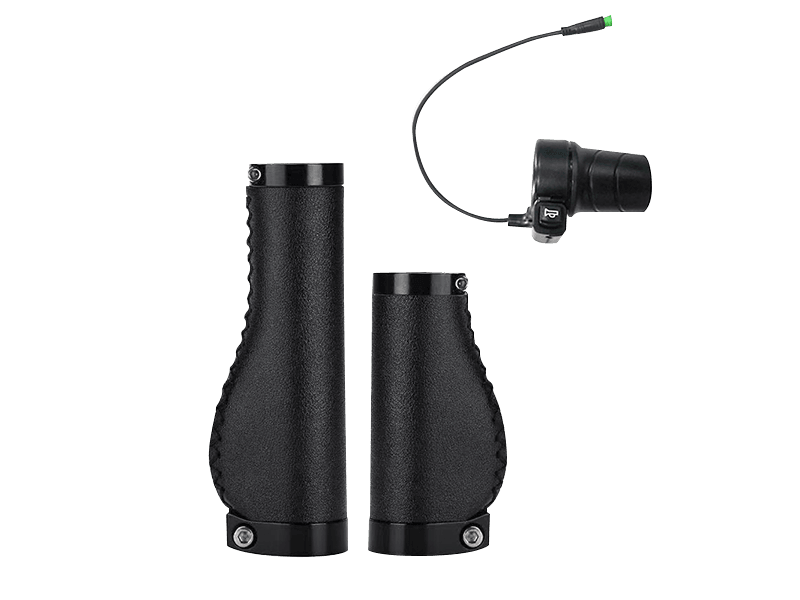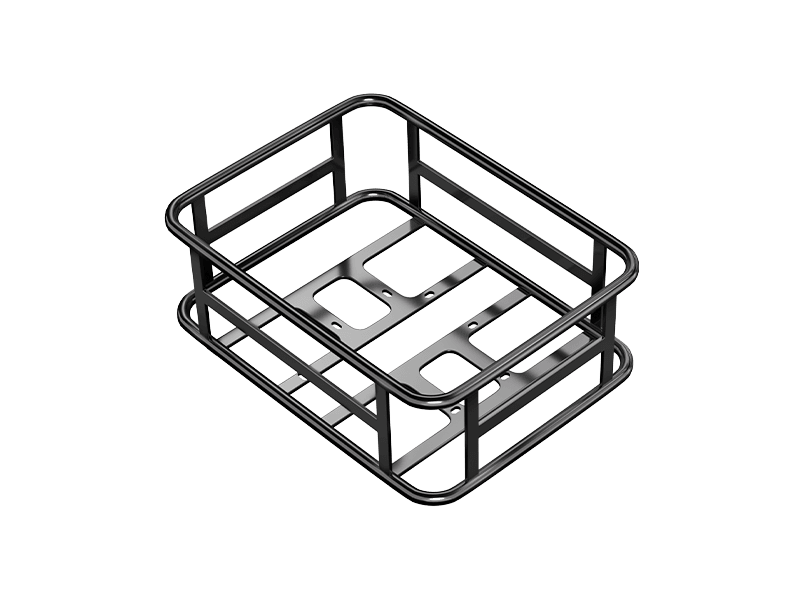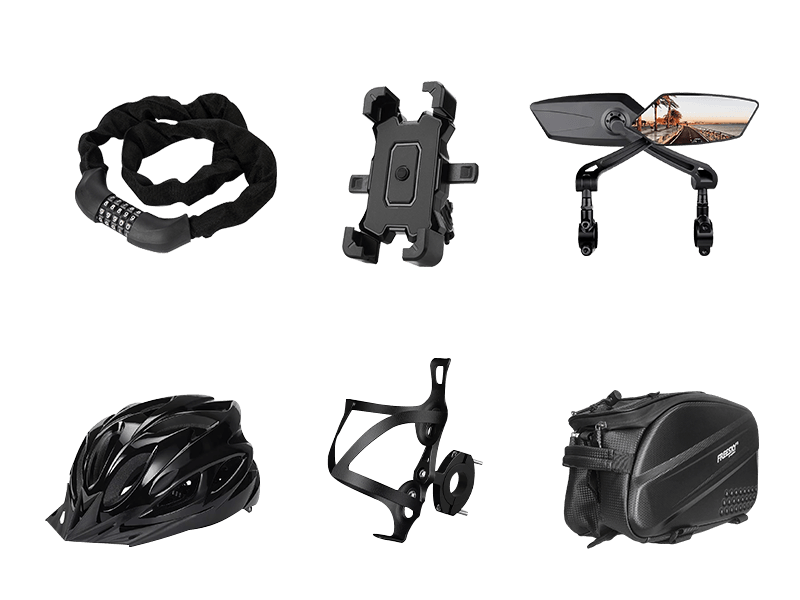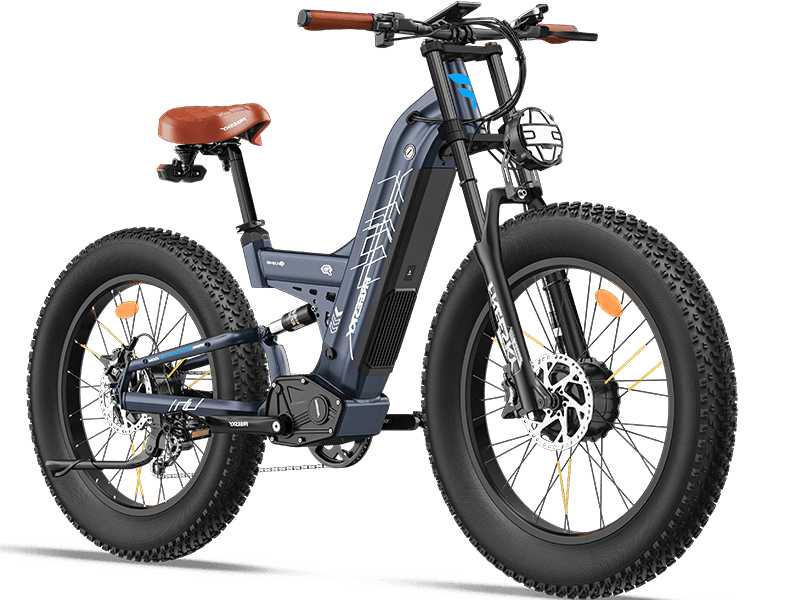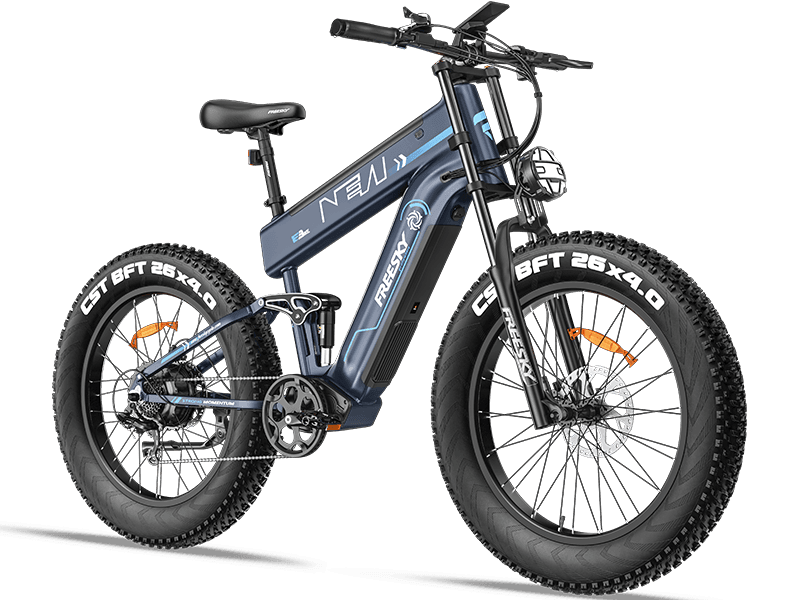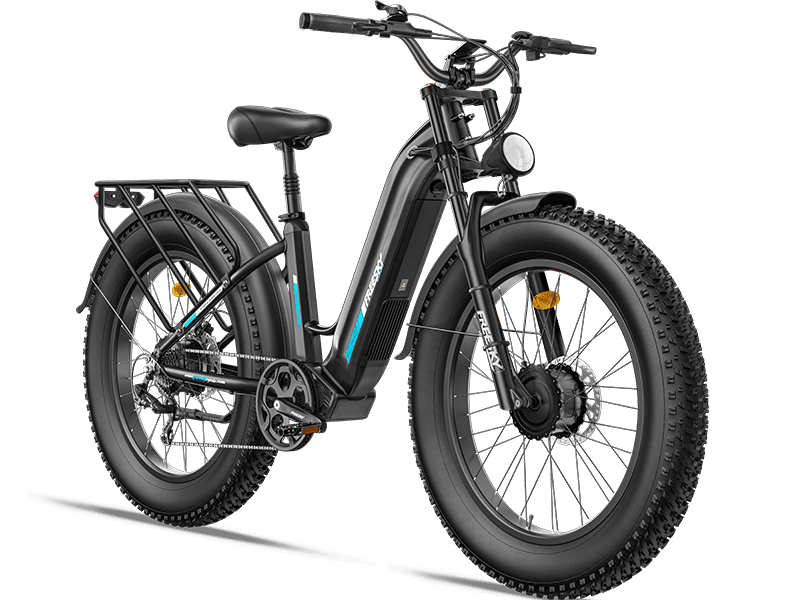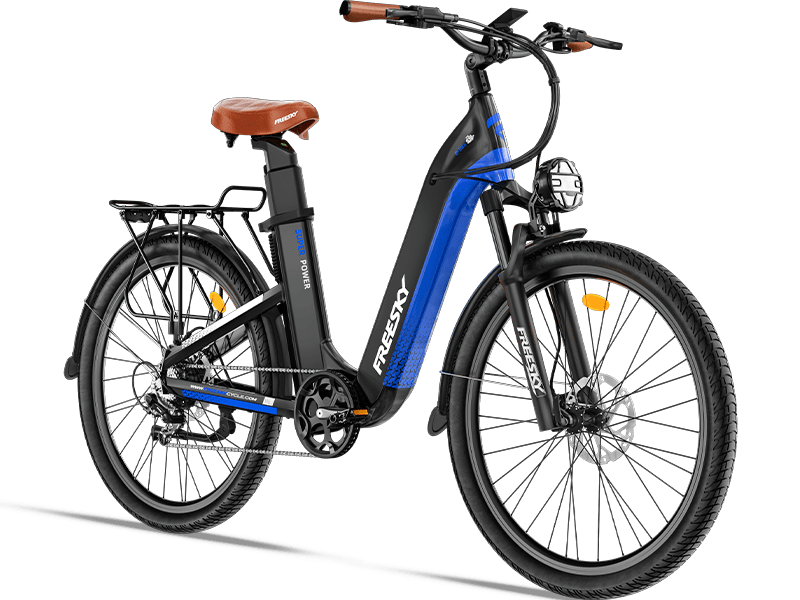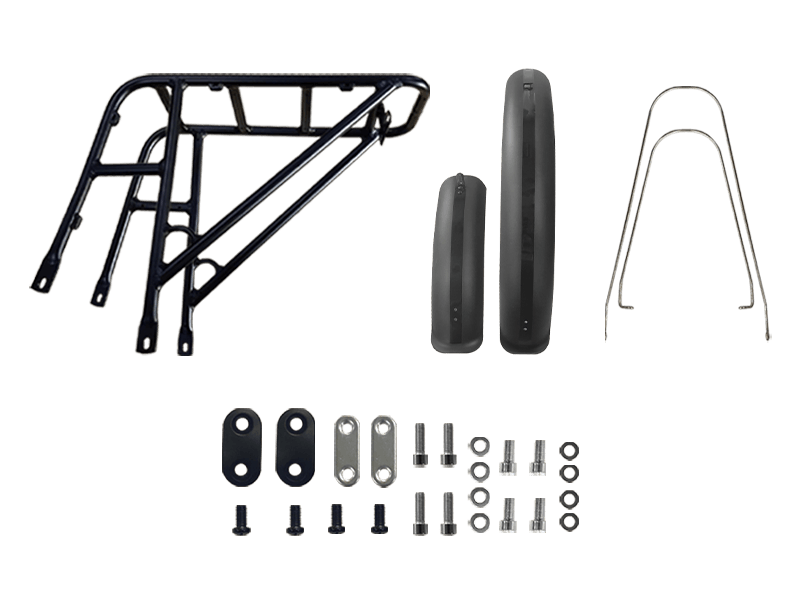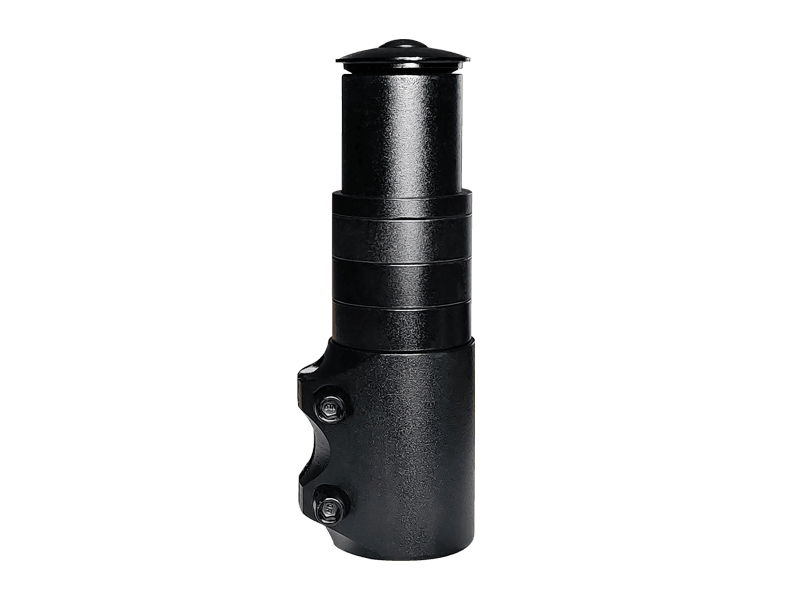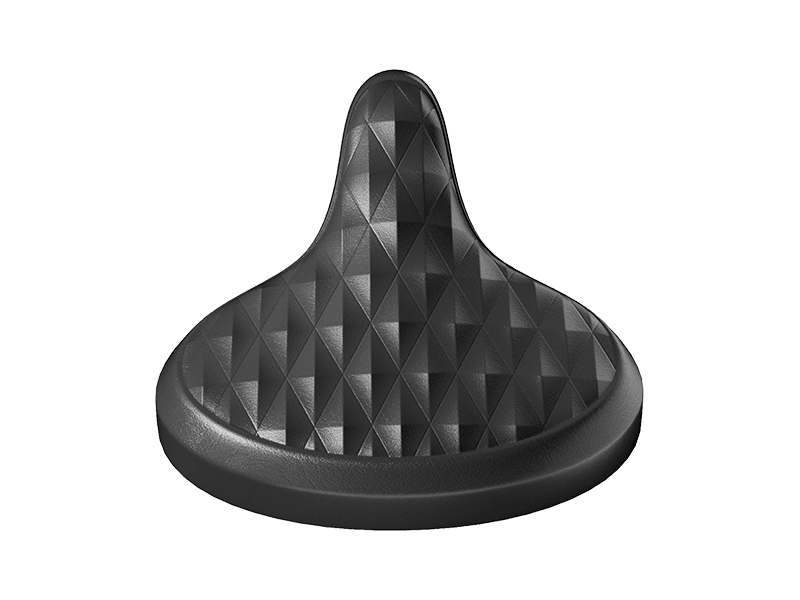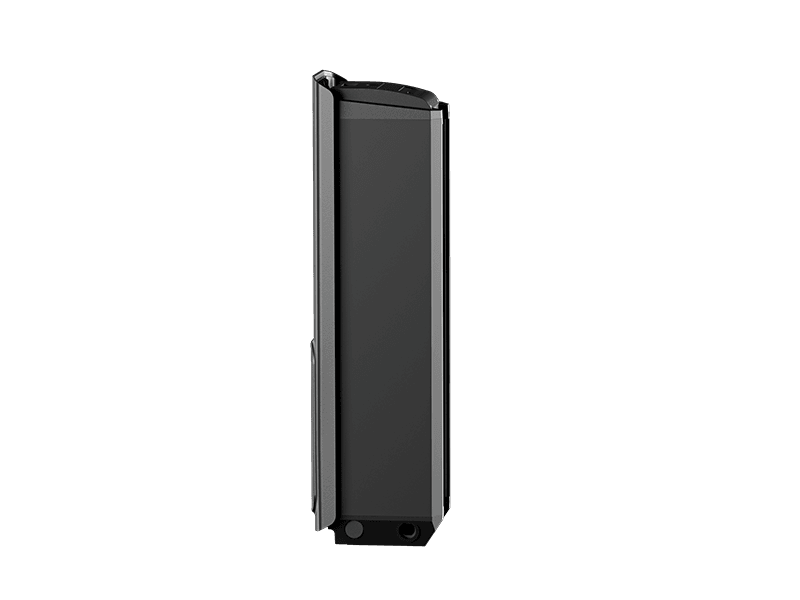Rainy Day Rides: Protecting Your Electric Bike and Staying Safe
FEB 28, 2025
Riding an electric bike in the rain might seem daunting, but with the right precautions, it's perfectly manageable. Whether you're commuting to work or enjoying a weekend ride, understanding how rain affects your battery-assist bike can help you stay safe and protect your investment.
The Resilience of Electric Bikes
Modern electric bikes are designed with resilience in mind, especially when it comes to weather. Most electric bicycles, including those equipped with a hub motor, are built to withstand a fair amount of moisture. The components, such as the battery and motor, are typically well-sealed to prevent water ingress. However, while brief exposure to rain is usually fine, prolonged exposure or submerging your bike in water can cause damage.
Protecting Your Battery Assist Bike
The battery is the heart of your electric bike, and taking care of it is crucial, especially in wet conditions. When riding in the rain, it's important to make sure the battery is securely attached and that all connections are sealed. Some riders opt for additional protective covers for their batteries to prevent moisture from seeping in. After your ride, it's a good practice to dry the battery and other electrical components to avoid long-term damage.
The Role of the Electric Bicycle Hub Motor
The hub motor on an electric bicycle is another critical component that needs attention in wet weather. Like the battery, hub motors are generally well-sealed, but they aren't completely waterproof. Riding through puddles or in heavy rain can still pose risks. If you're planning to ride frequently in wet conditions, consider investing in a bike with a high IP rating for its motor, which indicates better protection against water and dust.
High-Security Features for Peace of Mind
Riding in the rain isn't just about protecting your bike from water—it's also about ensuring your safety. High-security features on your electric bike, such as reliable brakes, bright lights, and non-slip tires, are essential in wet conditions. Make sure your bike is equipped with these features to maintain control and visibility when the roads are slick.
Post-Ride Care
After riding in the rain, it's essential to take some time for post-ride care. Wipe down your bike, especially the battery and motor, to remove any moisture. Check for any signs of water damage, such as condensation inside the battery casing. Regular maintenance, like lubricating the chain and checking the brakes, will also help keep your bike in top condition for the next ride.
So, can you ride an electric bike in the rain? Absolutely! With the right precautions and care, your battery assist bike can handle wet conditions just fine. Just remember to protect your electric bicycle's hub motor, maintain high-security features, and perform regular maintenance to ensure a smooth and safe ride, rain or shine.


